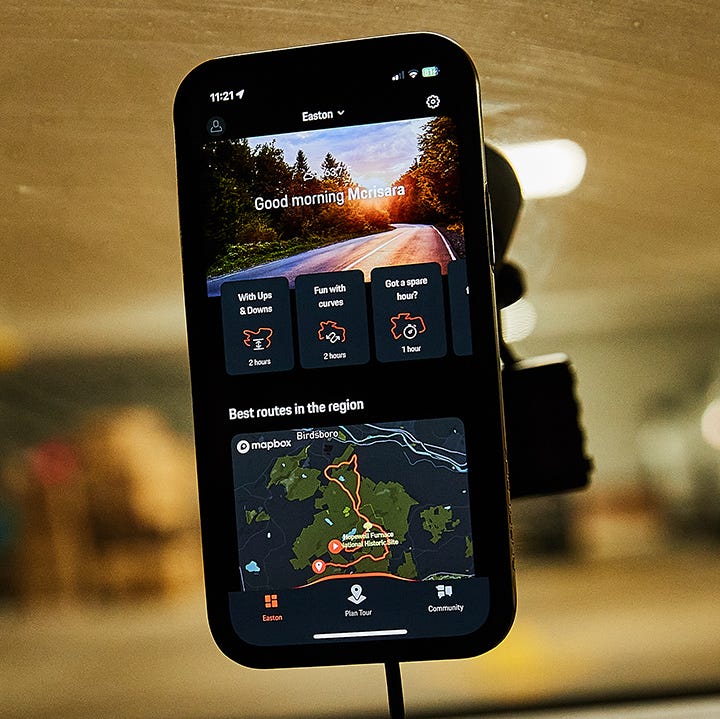Being born in 1997 puts me in an interesting position for planning road trips. As I barely made the Gen-Z cutoff, I'm young enough to have never listened to the radio in any of the cars I've owned but old enough to meticulously plan any long-haul road trip just as my mom and dad did when I was growing up. I should clarify that I'm not referring to printing out Mapquest directions that inevitably send you where you don't want to go.
I'm talking about using modern tools to plan the best drive possible—balancing efficiency while giving me some fun roads. As a car enthusiast, I employ these strategies for shorter road trips (sometimes just three to four hours round trip), but the same advice will also work great for a multi-day excursion. What Makes a Great Driving Road Getty Images Before we dive too deep, I acknowledge the definition of a "great" driving road can vary significantly from person to person.
Thankfully, there are several factors that I'd like to think car enthusiasts and the average road tripper can come to terms with. Surface It might sound like a given that the ideal driving road would have tarmac resembling the surface of a billiard table. And you'd be right.
But there's quite a lot more complexity to what I look for. For instance, a perfectly smooth road could be ruined by "loud" tarmac that would drive you nuts quickly. Drainage is another important consideration for enjoyment as well as safety—nobody wants to part the seas when the rain starts to fall.
Co.


















